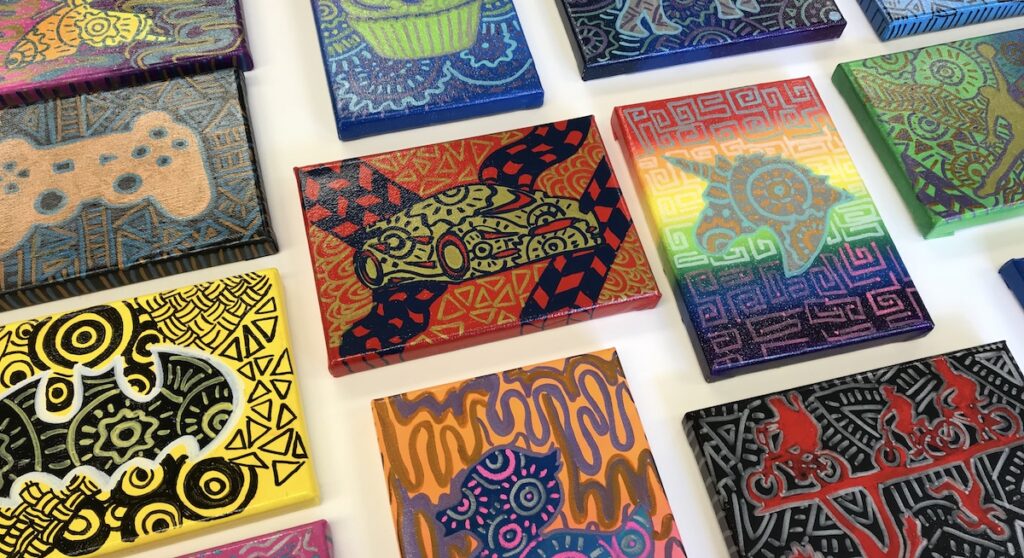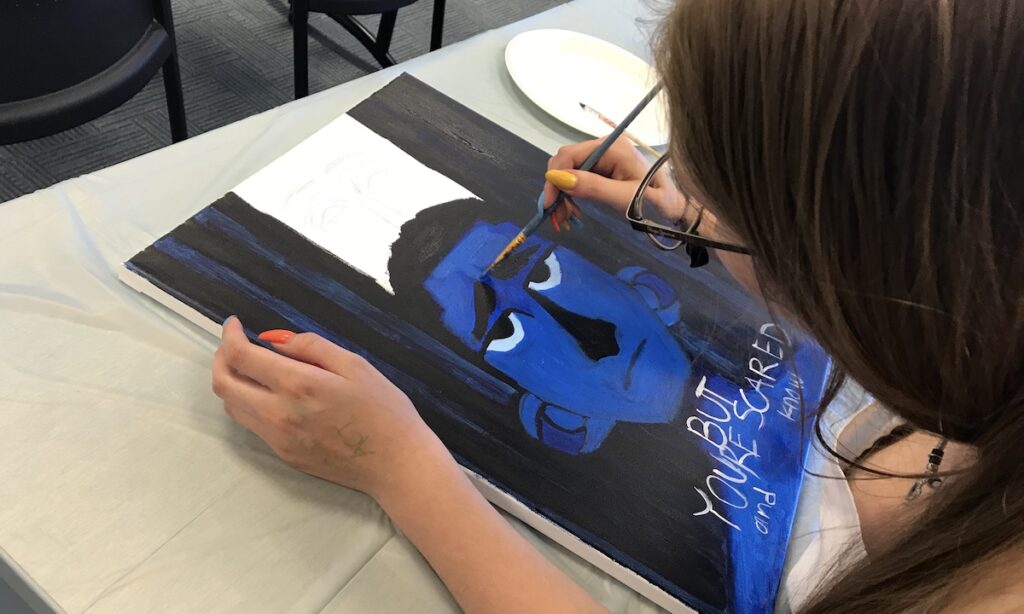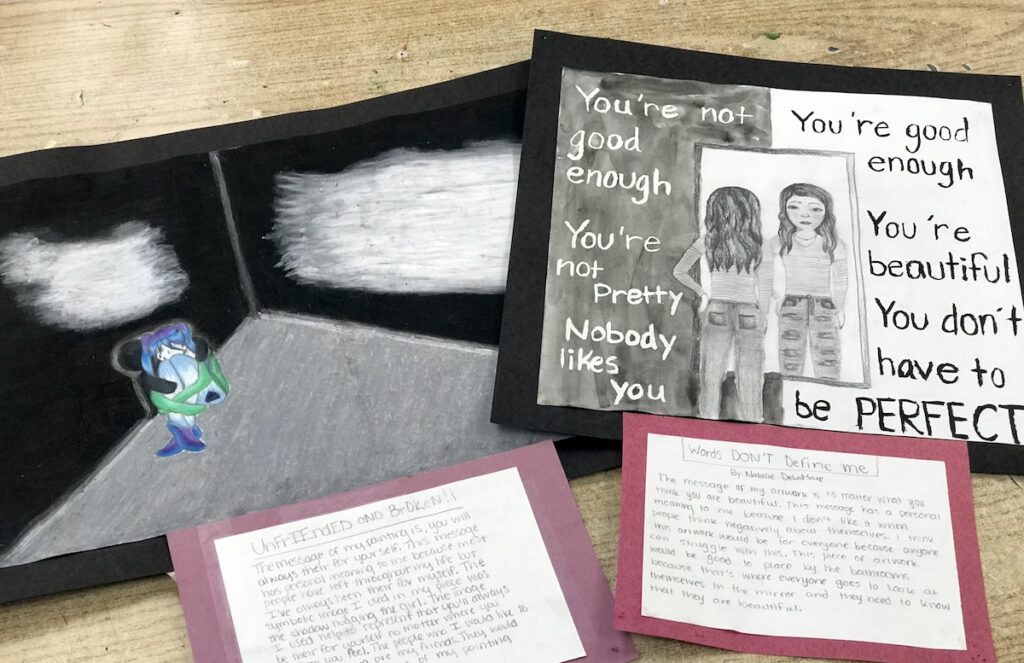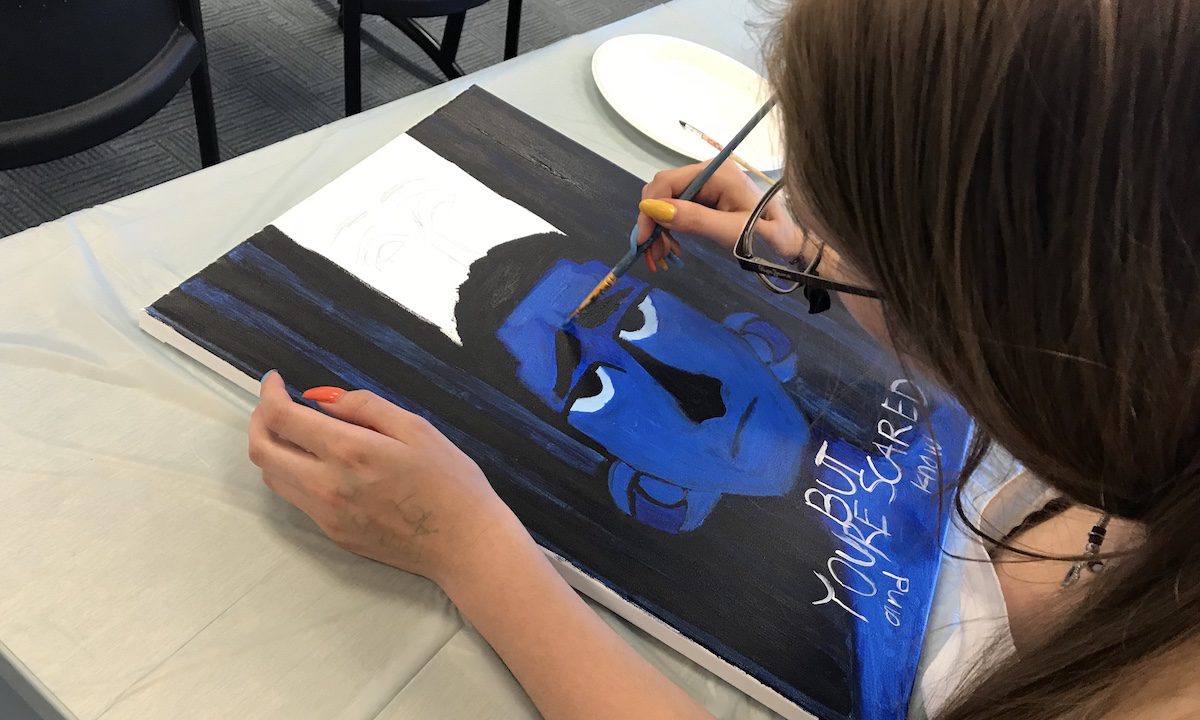As teachers, building student relationships is at the root of what we do. It’s easier to connect with some students over others. Have you ever found it difficult to build relationships with your at-risk students?
Our students who are considered at-risk don’t always fit the mainstream mold because of learning disabilities, behavior, or life experiences. But, these are the students who need a strong student-teacher connection the most.
Here are five ways you can connect with your at-risk students.

1. Avoid Preconceived Notions
One of the most important gifts we can give to any student is allowing them to start with a clean slate. Often we form ideas about how our students are going to act before we even know them.
We might do this by associating them with a sibling and expecting them to have similar learning or behavioral qualities. Or, we might develop misinformed ideas based on what we hear from other teachers. Teachers who have had a student in previous years are often first to tell the negative qualities. Although some of this information can be helpful, it skews our idea of a student before day one.
For the sake of your at-risk students, stop listening to the opinions of others and start building a relationship from your own experience with a student.
2. Listen to Show You Care
At-risk students are yearning for a caring and stable environment where they can be heard. Many at-risk students don’t have this type of environment at home, so it’s important to cultivate it at school.
Sometimes a student needs to rant or get something off their mind. When at all possible, let them do it. It may not only prevent a future altercation, but listening also communicates that you care.
Try to make time for these students who just need to talk. If you know a student who would benefit from a mentorship environment, recommend them for the program at your school.
In short, listening allows teachers to get a feeling for what students are dealing with and is one of the most important components in building strong relationships.

3. Build Trust through Honesty
Our students, especially those in older grades, want to hear the truth. Dr. William Sommers, an educational consultant with vast experience in urban settings, puts it this way, “To build trust, which increases learning, there must be honesty. People trust others who are honest.” He explains whether the conversation is good or bad, being honest with students will build trust. Our at-risk students don’t need anything sugarcoated. In fact, they want to hear it how it is. As a result, this form of communication will create a trusting, honest relationship.
4. Don’t Censor Student Work
Students want to be heard, and there is no better place to share their voice than the art room. Here students can turn their feelings and thoughts into a work of art. But, these ideas and resulting pieces might not always be positive depending on their current situation.
Because of this, it’s important not to censor or limit their artwork. If a student is creating something that is not considered school appropriate, talk with them. Even if you don’t display it, you may find a way for them to finish working on their piece. Having an open dialogue is important because if the work is truly meaningful to the student, they will probably continue to express themselves.

5. Instill Hope
Students who are considered at-risk need hope. They need to know something better will happen, and they have the power to control their future. A teacher can show students education is an avenue to future success. By being a mentor, listening, and understanding, a teacher can have a positive impact on how a student reaches their future goals and dreams.
Strong relationships are vital for all our students but can be even more beneficial for our at-risk students. Each student is different, but at the end of the day, all students want a positive environment where they can succeed. You can be the teacher who helps create this. Consider using these five tips to continue to reach your at-risk students.
How do you build relationships with your at-risk students?
What is the best tip someone has given you when working with challenging students?
Magazine articles and podcasts are opinions of professional education contributors and do not necessarily represent the position of the Art of Education University (AOEU) or its academic offerings. Contributors use terms in the way they are most often talked about in the scope of their educational experiences.





